“Yuck! Head lice?” That’s justifiably most moms’ first response to the mention of lice. Whether it’s your child who managed to pick up the tiny parasites, or one of their friends, don’t panic. Lice are more common than you think. They might not be talked about openly, but more families have dealt with the pests than who dare to admit. With the right information and a little bit of persistence, you and your family can be lice free in time for next weekend’s sleepover. These 5 facts will you to give insight on recognizing, treating and preventing future lice infestations. Read more from our sponsors, The Critter Cure.
5. Don’t Worry, You’re Not The Only One
You might feel like the only mom who’s ever declared war against the tiny parasites, but lice are commonly had and passed through head-to-head contact among school-aged children and their families. One of the leading causes of absenteeism in schools, the CDC estimates that up to 12 million head lice infestations occur each year. Surprising? Not really, given that a single female louse (singular for lice) lays up to 10 nits (eggs) a day, or 300 nits in her short 30-day life span. A few 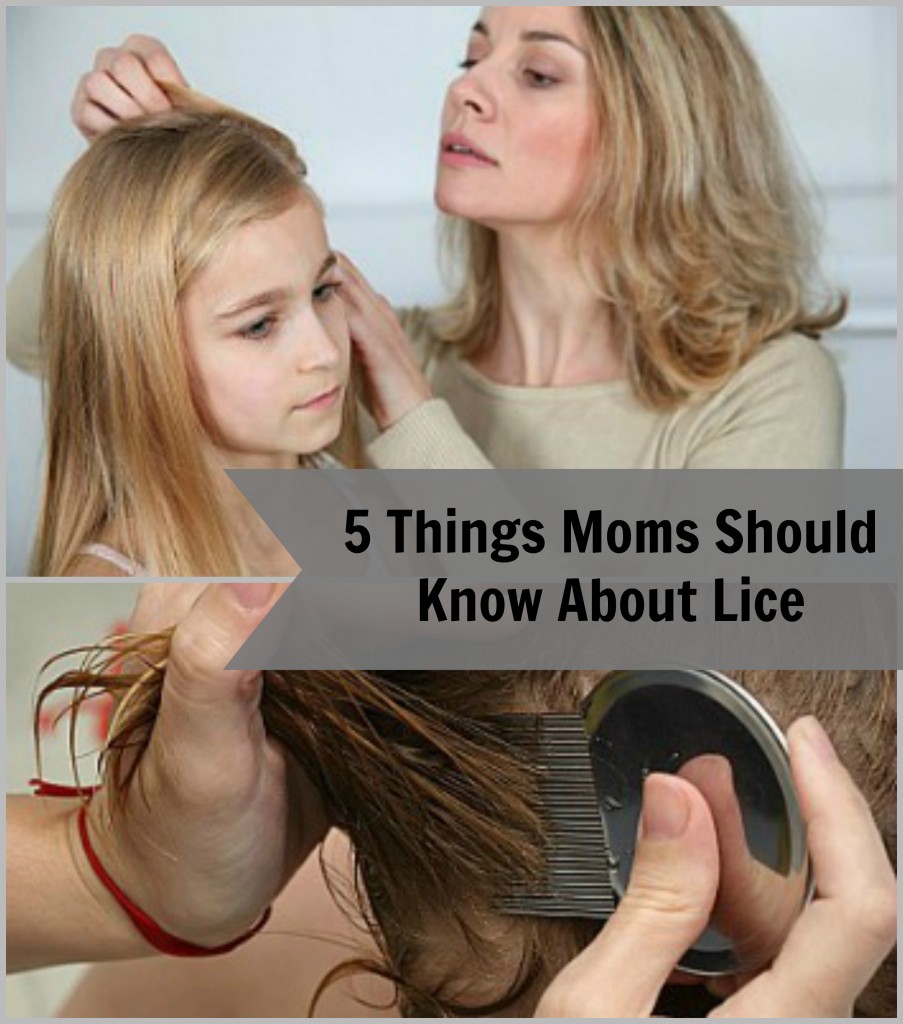 offspring and life cycles later, one family’s secret battle can easily become a school-wide problem. Don’t let their commonality fool you though; head lice infestations are not merely a nasty nuisance. Any mom who’s willing to share her experience will tell you that getting rid of the critters is a challenging and stressful experience.
offspring and life cycles later, one family’s secret battle can easily become a school-wide problem. Don’t let their commonality fool you though; head lice infestations are not merely a nasty nuisance. Any mom who’s willing to share her experience will tell you that getting rid of the critters is a challenging and stressful experience.
4. The Cleaner, The Better (For Them)
I know what you’re thinking. My kids, never! We all somewhat shamefully assume that the more unkempt the kid, the greater the chance they’ll get lice. But, we’re mistaken. Lice prefer clean hair. They get around by crawling close to the scalp, using their claws to grasp the hair shaft. Meaning, the less grease, dandruff and dirt particles in their way the better for them. You can’t stop washing your child’s hair, hoping the filth will render their locks less attractive to lice. What you can do is minimize the head-to-head and hair-to-hair contact that spread lice by pulling your daughters hair back into a braid, keeping your sons hair cut short, and teaching them not to share personal items such as brushes and hats. Parents looking for additional lice prevention report using specially formulated sprays containing essential oils, such as mint, that lice find repulsive. While conclusive data on the effectiveness of these products is lacking, some parents swear by these sprays and use them on a daily basis. The humbling reality is that you can’t prevent all lice infestations. It’s best to be aware of what to look for and check your child’s head during times when transmission is likely, such as at the beginning of the school year, on group vacations or sleepover camps, and during the holidays.
3. Diagnosis Can Be Tricky
We’ve all heard about the intense itching characteristic of head lice. If you’ve read this far, I’m sure you’ve been scratching just from hearing about the pests! This obvious symptom is a telltale sign of an infestation, but only at its later stages. The itch is the result of an allergic reaction to saliva and fecal matter left on your scalp by the lice. It takes about 2 weeks or more for your skin to become sufficiently irritated to cause the itch, leaving plenty of time for the problem to get out of hand. To catch the issue earlier, parents can check their children for live lice and nits or, if available, ask a school nurse or other lice expert to confirm your hunch before starting treatment. Here are two tricks of the trade for identifying nits. Ask yourself:
- Where is it? Lice eggs (nits) have a teardrop shape, appear pale and shiny, and are about the size of this dot [.]. Lice attach their eggs to the hair shaft very close to the scalp, in places where hair is less likely to be disturbed. When you’re checking your child for evidence of an infestation, focus on examining the areas behind their ears and at the nape of their neck. If your child has lice, you’ll surely find nits in these areas.
- Does it move? If that little white-ish looking spot of something in your child’s hair is easily movable, it’s not a nit. Lice essentially glue their eggs to the hair shaft, so blowing air on them or gently flicking them won’t move them a bit. If you suspect what you’re looking at is a nit, see if the suspicious item moves when touched. If it does move, it’s dandruff, left over hair spray, or other hair debris. If it doesn’t move, and has to be slid down to the end of the hair to get it out, it’s a nit. You can dispose of lice and their nits by simply washing them down the sink.
2. Focus On Their Head, Not So Much On Your Home
Once your children have been treated for lice, it’s understandable to want to throw away everything in your home rather than risk re-infestation, but put down the blowtorch and cancel the garage sale. You don’t need to go to drastic measures to make sure your home is lice free. Lice are parasites that rely on human blood to stay alive and can only live 48 hours without it. If they’ve managed to crawl off your head and fall onto the carpet, into a hat, or onto a brush, they can only live there for 2 days before dying. This means that washing and drying bed linens, vacuuming couches and carpets, sanitizing hair supplies, and placing all other possibly contaminated items in a sealed bag for 2 weeks will satisfactorily rid your home of lice. It’s by no means an easy task, but taking these steps is less of a headache than having to throw out and repurchase everything.
1. Pesticide Shampoos Aren’t As Effective As You Think
This is it!… likely the most important tidbit of lice knowledge you’ll come across in all of your future lice readings. Hopefully you’ll never need to use this piece of insight, but if you do knowing it will save you loads of time and money.
If you find lice or nits on your child act quickly, but proceed with caution. There are a number of potentially toxic pesticide products on the market whose use in the past was warranted by their effectiveness at killing lice. However, the lice shampoo your mom might have used on your hair when you were a child is no longer 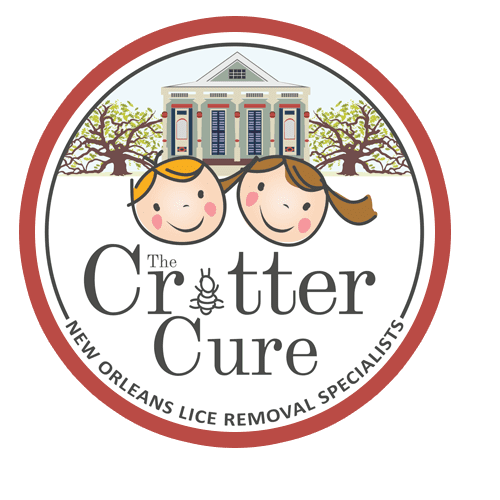 so effective. Research indicates lice have developed resistance to these products over the last 30 years, and now Pyrethrin (Rid) and Permethrin (Nix) based products are only 45-75% effective at killing lice, and 0% effective at killing nits (this has always been the case). These products also require multiple applications, some lasting hours, over a period of two to three weeks. Other topical pesticide products are more effective, but are potentially more toxic. Several safety warnings have been issued for Lindane and the American Academy of Pediatrics no longer recommends the use of Malthion due to its toxicity and potential for severe adverse reactions. There are other chemicals on the market, but these at a minimum routinely cause skin irritation and should be used with caution.
so effective. Research indicates lice have developed resistance to these products over the last 30 years, and now Pyrethrin (Rid) and Permethrin (Nix) based products are only 45-75% effective at killing lice, and 0% effective at killing nits (this has always been the case). These products also require multiple applications, some lasting hours, over a period of two to three weeks. Other topical pesticide products are more effective, but are potentially more toxic. Several safety warnings have been issued for Lindane and the American Academy of Pediatrics no longer recommends the use of Malthion due to its toxicity and potential for severe adverse reactions. There are other chemicals on the market, but these at a minimum routinely cause skin irritation and should be used with caution.
Despite the information published about ineffectiveness and toxic ingredients, many parents find themselves using these products when faced with a lice infestation. No judgment here! It’s a tough situation characterized by a mix of disgust, embarrassment, time constraints and a lack of reliable information. All of these things act to significantly limit parents’ choices when they’re trying to find a reliable solution. Let’s be honest: most people don’t know exactly what to do when battling lice and the pesticide shampoos are attractive because they seem like a quick fix. But the reality is that there’s no easy way to get rid of lice. Shortcuts invariably mean skipping steps of the removal process, which leaves nits behind and increase the likelihood of re-infestation. The only chemical-free, truly safe and effective way to get rid of lice is to manually remove them by diligent combing and nitpicking. It’s a time consuming process that takes skill and patience to complete, but it is effective. With the right comb and a little determination, you’ll have your family through the hassle of head lice in no time!
There’s so much more to share, but time is short and space is limited. I hope you never find yourself battling the lousy critters, but if you do, check out the following websites for more information and valuable treatment resources.
- New Orleans Lice Removal Specialists
- Centers for Disease Control
- The National Pediculosis Association
Natalie Sparrow, MPH
 Natalie Sparrow is the owner of The Critter Cure, a local company that provides non-toxic and effective head lice removal services in the privacy of clients’ homes. She graduated from Loyola Marymount University with a B.A in Psychology and from Tulane with an MPH in Maternal and Child Health. In addition to years of experience working as a lice removal technician, her primary work has been with women and children in the public health and medical fields, a line of work she plans to continue by becoming a Family Nurse Practitioner. Natalie started The Critter Cure after recognizing a need in the community for an effective lice treatment that is 100% safe for children. Ultimately, her goal is to support the health and happiness of local families by sharing her unique set of knowledge and skills. Natalie and her team at The Critter Cure are dedicated to providing an evidence-based solution for head lice that is also convenient and compassionate. Born and raised just up the river in St. Louis, Natalie is not a New Orleanian by birth, but she is definitely one by heart. She is a currently single, doting aunt, and dog lover who lives in Uptown.
Natalie Sparrow is the owner of The Critter Cure, a local company that provides non-toxic and effective head lice removal services in the privacy of clients’ homes. She graduated from Loyola Marymount University with a B.A in Psychology and from Tulane with an MPH in Maternal and Child Health. In addition to years of experience working as a lice removal technician, her primary work has been with women and children in the public health and medical fields, a line of work she plans to continue by becoming a Family Nurse Practitioner. Natalie started The Critter Cure after recognizing a need in the community for an effective lice treatment that is 100% safe for children. Ultimately, her goal is to support the health and happiness of local families by sharing her unique set of knowledge and skills. Natalie and her team at The Critter Cure are dedicated to providing an evidence-based solution for head lice that is also convenient and compassionate. Born and raised just up the river in St. Louis, Natalie is not a New Orleanian by birth, but she is definitely one by heart. She is a currently single, doting aunt, and dog lover who lives in Uptown.


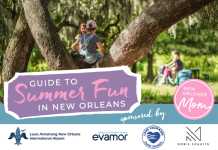
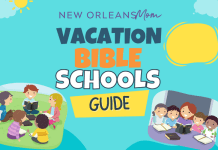







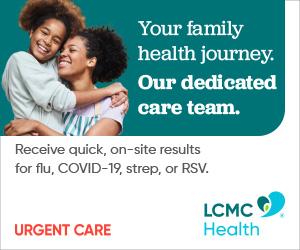
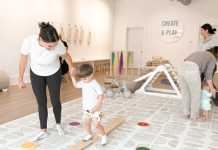
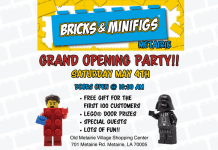



Great tips. I am a FNP and child care health consultant. My patients and clients would love this information. Thank you for sharing. I will definitely pass it along.
Thanks for your comment Nurse Nikki! Lice is very common, yet information families can rely on isn’t easy to find. I hope the tips are a useful starting point for moms and their families.
also, a pediatrician is a helpful tool in this task. its easy to get a pesticide free prescription medication that is applied once and it kills the lice and nits and kids and go back to school that day!!
Hi Nilong, I agree! Pediatricians and school nurses are a great help in identifying lice and can provide prescription products.
Usually a prescription is a way to regulate the use of products that have a higher concentration of active ingredients than what can be safely administered in over-the-counter products. It is my understanding the reason why you can only obtain certain lice products with a prescription is because they contain higher concentrations of pesticide (pediculicide), which results in greater potential risks, and therefore product use needs to be regulated more carefully. It’s very unusual to hear of a non-pesticide prescription medication treatment! Seems like a contradiction of sorts. I haven’t seen anything like it in the literature. I’m curious to know more! Thanks for the information 🙂
Wow. Thank you for this article. A little education can go a long way. I wish I would have had this years ago when my daughter was affected. Her hairdresser had warned me, saying that it was very common. That didn’t lessen the sting when my in-laws treated us like lepers.
Thanks for sharing Melissa! 🙂 Lice are one of those things that most moms confront at some point, yet it’s still a hush hush topic. Not only is trying to get rid of the pests a stress, but dealing with the stigma or judgment associated with lice can be embarrassing for parents and truly hurtful to kids. Just like other personal topics that are also taboo, talking about lice seems to normalize the experience and encourages those who are more judgmental to rethink their stance. Hopefully accurate information helps too!
I am a public health nurse in eastern Montana. In my area, children get infested more than once in a school year. Finding a reliable non-toxic method for killing the lice increases in importance with multiple treatments. And finding someone who is knowledgable in nit removal is also key. Do you know of any school districts that have a trained lice removal technician employed to go to the homes of students?